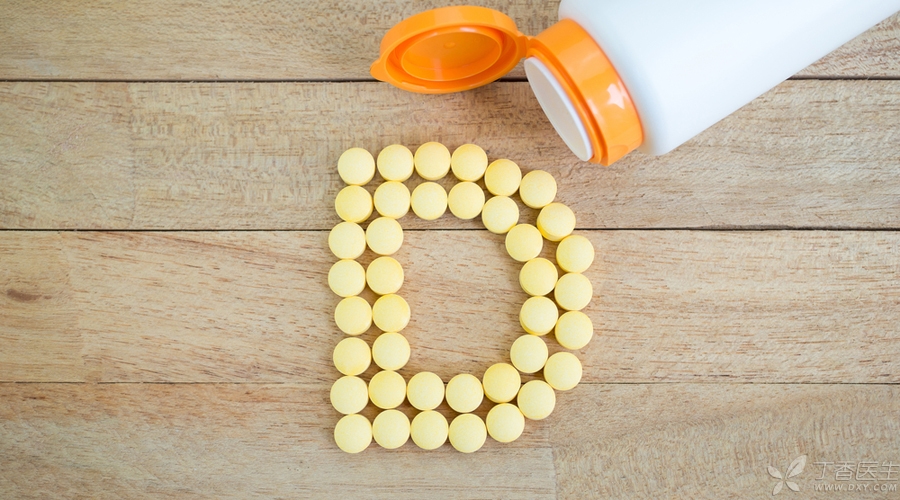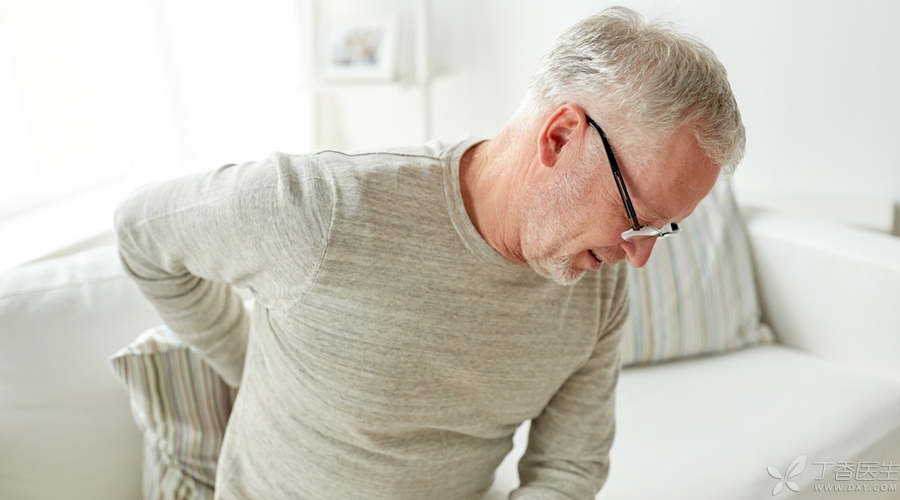Nearly half a year, 67-year-old Lao Zhang felt inexplicable fatigue and some instability in walking. That time he went to the toilet, he didn’t stand firm and nearly fell. Lao Zhang, who has always been hale and hearty, hurried to see a doctor. He was very anxious:
Doctor, what is my problem?
After examination, the doctor told Lao Zhang that the examination showed that Lao Zhang was short of vitamin D.
Vitamin D deficiency, which is related to Lao Zhang’s symptoms in what?
How do you know if you lack vitamin D?
Is vitamin D insufficient and harmful to what? Should how be prevented?
… …
We said one by one.

The human body cannot be short of vitamin D
Vitamin D is an essential vitamin for human body. It often exists in the form of vitamin D2 and vitamin D3.
Vitamin D2 is mostly found in vegetable foods, such as mushrooms. Vitamin D3 is mostly found in animal liver, cream, egg yolk, fish roe and marine fish.
Human skin is also a large factory that produces vitamin D3. Ultraviolet rays in sunlight will help gradually convert 7-dehydrocholesterol in the body into vitamin D3.
Vitamin D is important
Vitamin D can regulate the metabolism of trace elements calcium and phosphorus and is the basis of bone health.
Vitamin D promotes the synthesis of protein in muscle, thus improving the body’s balance ability, increasing muscle strength and reducing the risk of falling.
Vitamin D deficiency is also closely related to the occurrence of some diseases, including cardiovascular diseases, diabetes, hyperlipidemia, rheumatoid arthritis, chronic kidney disease, etc.
Is there enough vitamin D
How do you determine whether vitamin D in your body is enough? There are two ways.
1. Self-examination of symptoms
Lack of vitamin D, bone [nutrients]-calcium and phosphorus decrease, can lead to osteomalacia, manifested as:
- Pain in back, waist and legs, aggravated during activities; Muscle weakness, such as difficulty in climbing stairs or standing up from a sitting position, is easy to fall down; Tenderness occurs in sternum, ribs, pelvis and knee joint, and severe cases are difficult to walk, bedridden and prone to fracture. Complicated or aggravated osteoporosis; Humpback and shortened height.
Not all of the above symptoms may occur at the same time. If 1 ~ 2 symptoms occur, the body is alarming-vitamin D may be lacking.

Step 2 Draw blood for examination
This is currently the most intuitive and accurate way to judge whether vitamin D is sufficient or not.
This index is abbreviated as serum 25-(OH) D.
- Serum 25-(OH) D < 30 nmol/L, indicating vitamin D deficiency; Serum 25-(OH) D ranged from 30 to 49.9 nmol/L, suggesting vitamin D deficiency. Serum 25-(OH) D ≥ 50 nmol/L is sufficient for vitamin D.
It should be noted that this range is mainly aimed at bone health, such as osteomalacia, osteoporosis, or the above-mentioned [alarm] symptoms. It is necessary to detect serum 25-(OH) D in order to treat it in time. For other diseases, this result can only be used as a reference, and other examination items should be combined to accurately judge the disease condition.
Vitamin D is taken in a proper way.
Vitamin D deficiency is not uncommon in the elderly aged 65 and above.
As one gets older, one’s ability to absorb vitamin D in food decreases. If one suffers from diseases and has limited time to receive sunlight, one will easily suffer from vitamin D deficiency.
Vitamin D should be taken properly.

First of all, animals’ liver, egg yolk, marine fish, mushrooms and other foods rich in vitamin D, as well as drinks such as milk and soybean milk added with vitamin D, can be eaten more appropriately.
Second, don’t forget to get vitamin D from sunlight. When the temperature rises a little more, don’t stay at home all the time. Go out for a walk and get more sunshine. Be careful not to bask in the sun through glass, and also to prevent excessive sunburn.
Finally, by detecting serum 25-(OH) D, if vitamin D deficiency or deficiency is indicated, sunlight exposure and food intake may not solve the problem, and vitamin D preparations should be used under the guidance of doctors.
There are two kinds of vitamin D supplements.
One is common vitamin D, which is divided into vitamin D2 and vitamin D3. There are capsules, tablets and injections, of which vitamin D3 is the first choice.
The other is active vitamin D, mainly calcitriol capsules, which can play a role without liver and kidney processing, so it is especially suitable for patients with liver and kidney insufficiency.
Let’s put the emphasis last.
The following 3 points need the attention of friends.
1. When vitamin D is deficient or insufficient, the body will also lack calcium. Ask the doctor if appropriate calcium supplement is needed.
2. Oral administration of common vitamin D requires fat to help absorption, and it is better to take it after meals.
3. Vitamin D supplementation, especially after calcium supplementation at the same time, should monitor blood calcium and serum 25-(OH) D according to the doctor’s advice to prevent hypercalcemia (manifested as dry mouth, polyuria, nausea, arrhythmia, etc.), otherwise it is easy to damage kidney and cardiovascular system.
